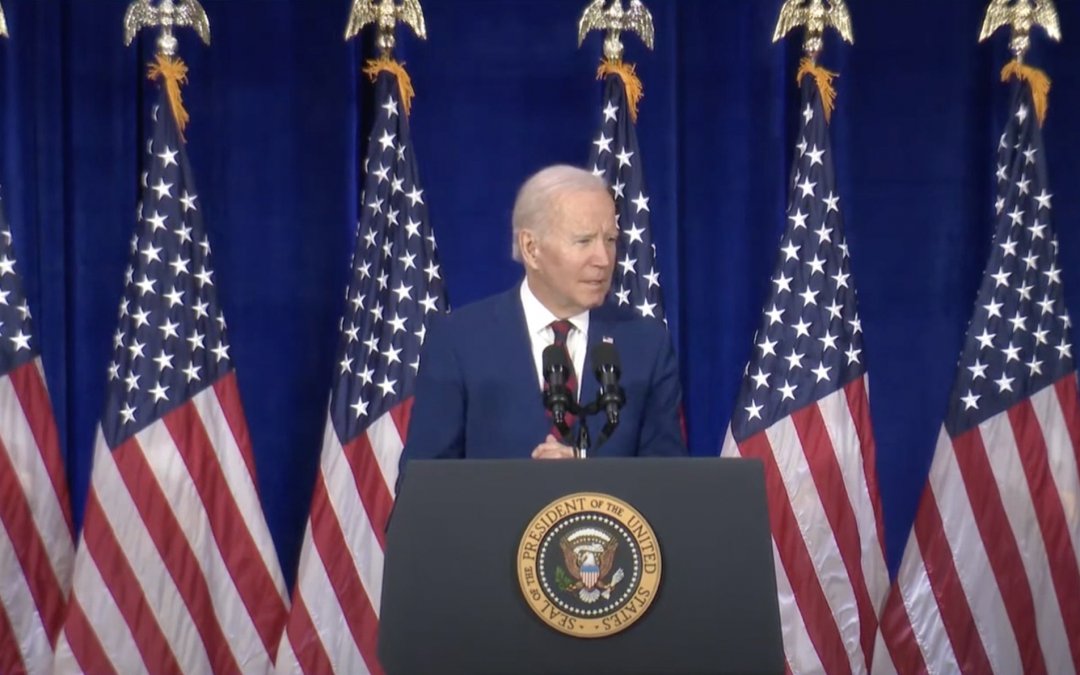WASHINGTON — The White House announced plans to fund $7 billion in seven hydrogen hubs across 16 states on Friday — one of its largest investments in clean manufacturing. The hydrogen hubs are estimated to bring public and private investments of almost $50 billion.
“Our investments in infrastructure and energy are a core tenet of Bidenomics,” said Ryan Berni, a White House infrastructure advisor, during a press call. “Advancing clean hydrogen is essential to achieve the President’s vision for a strong, clean energy economy.”
Hydrogen hubs are clusters of companies in the same region that produce, process and use hydrogen fuel.
Mary Repko, the Deputy National Climate Advisor, said clean hydrogen is a crucial component of the Biden administration’s strategy to achieve net zero emissions by 2050. Clean hydrogen can be produced from resources, like solar energy, wind, nuclear, and biomass, which create minimal greenhouse gasses, Repko said.
“The hubs will also accelerate the commercial-scale deployment of clean hydrogen, helping generate clean dispatchable power, creating a new form of energy storage and decarbonizing heavy industry and transportation,” Repko said.
Not all forms of hydrogen energy benefit the environment. The production of hydrogen can release carbon dioxide into the atmosphere, depending on how it was made.
One form, called “gray hydrogen,” is derived from natural gas, which is considered a fossil fuel. “Blue hydrogen” is created the same way, but also captures and stores the carbon dioxide, which mitigates environmental damage. Even with blue hydrogen, methane emissions, or leaks from drilling, extraction and transportation, are inevitable, according to CNBC.
But “green hydrogen” doesn’t produce emissions, since it’s produced from electrolysis — a process where water is split into hydrogen and oxygen using renewable electricity. The problem is that green hydrogen comes with a bigger price tag.
White House officials said they evaluated the emission footprint of each hub, which they took into account when deciding the seven hubs for investment.
Three of the hubs the Biden administration selected will rely on natural gas at least in part. Two hubs will rely solely on renewable sources to produce hydrogen energy.
Once in full operation, the proposed hubs will reduce 25 million metric tons of carbon dioxide emissions in end-use annually — the equivalent of 5.5 million gasoline powered cars, Repko said. The project will soon enter the first design phase, while most of the investment will be in the third phase of construction.
The Biden administration wants to produce 10 million metric tons of hydrogen by 2030. These seven hubs will contribute 3 million metric tons each year, Repko said, bringing the White House closer to reaching that goal.
David Crane, an official at the Department of Energy, compared hydrogen energy to the “Swiss army knife of clean energy,” but with a catch.
“It’s a Swiss army knife made in America,” Crane said. “The thing about all of this hydrogen production is it’s all going to be purely domestic.”
The White House stated the hydrogen hubs will support local economies by supplying jobs in construction and manufacturing, anticipating to create tens of thousands of jobs.
Several of the hubs were developed in close partnerships with unions, Berni added. Each hub submitted a community benefits plan describing the steps it will take to engage with community labor groups.
The seven hydrogen hubs will cross state lines, and in some cases, cover hundreds of miles. For example, the Appalachian hydrogen hub spans parts of West Virginia, southeast Ohio and southwest Pennsylvania.
Other hubs include a California hub, a Texas hub, a Midwest hub reaching parts of Illinois, Indiana and Michigan, another Midwest hub encompassing Minnesota, North Dakota and South Dakota and a Pacific Northwest hub covering parts of Washington, Oregon and Montana.
“These are geographic regions of the country that will move towards the hydrogen economy first,” Crane said. “Our hope over time is that as a second step and the third step, they all get linked together into a national hydrogen economy.”


